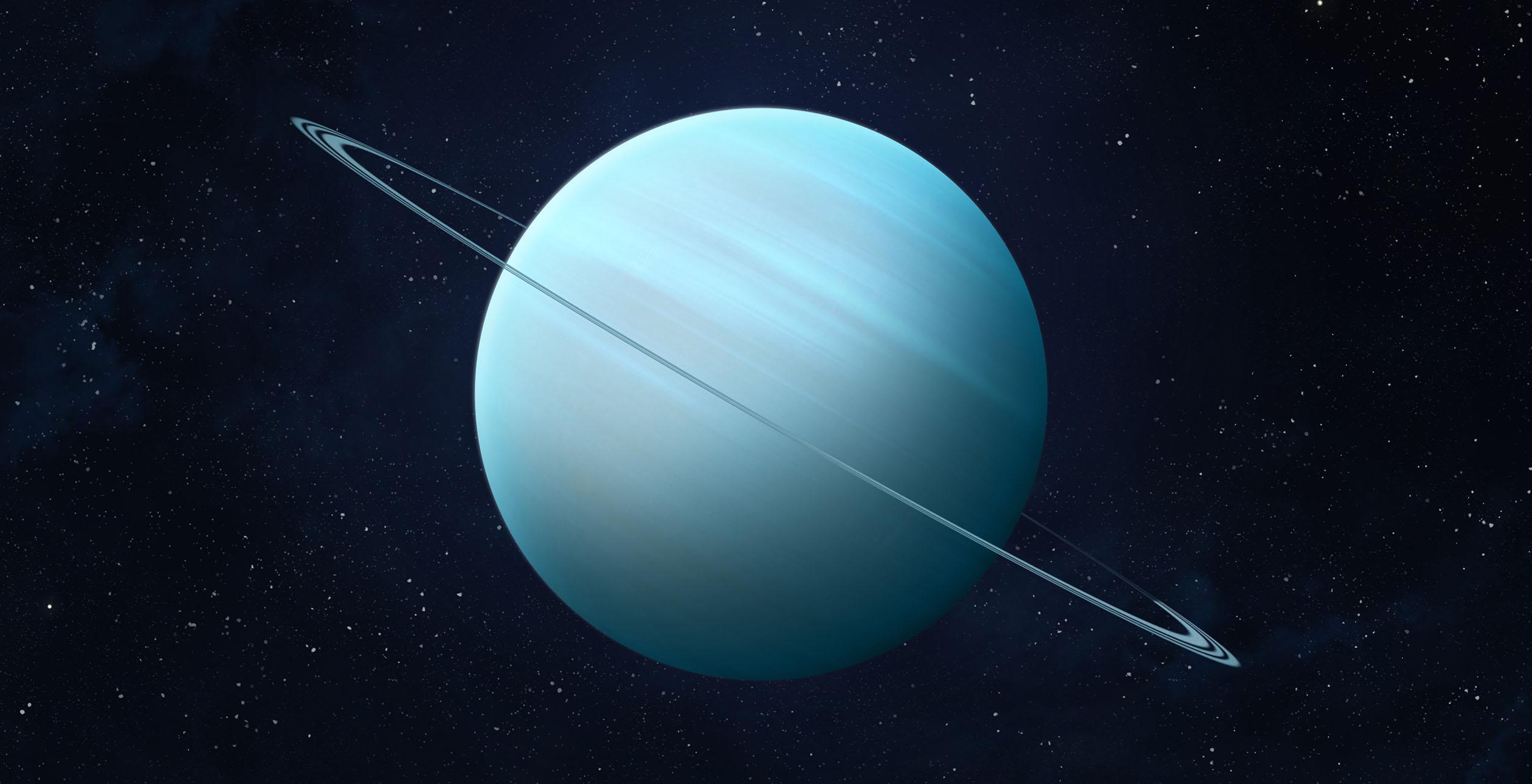New analyses of data collected during Voyager 2’s flyby of Uranus in 1986 have led to a significant revision of our understanding of this mysterious planet. For nearly four decades, astronomers believed that Uranus did not emit internal heat, unlike the other giant planets in the Solar System.
However, recent studies indicate that the planet not only generates its own heat but may also help explain processes that shaped the early history of our planetary system. The results were published in the prestigious scientific journals Geophysical Research Letters and Monthly Notices of the Royal Astronomical Society. They show that earlier interpretations of Voyager 2 data may have been flawed, partly due to elevated solar activity at the time of the flyby.
Uranus, the seventh planet from the Sun, has long been an enigmatic object among the giant planets. Its unusual axis of rotation—tilted almost at a right angle—along with its atypical magnetic field and cool atmosphere made it considered an anomaly. Data collected by Voyager 2 suggested that Uranus does not emit more energy than it receives from the Sun, unlike Jupiter, Saturn, and Neptune, which exhibit clear sources of internal heat.
Thanks to new computer modeling techniques and decades of telescope observations—both from Earth and spacecraft—researchers have revised earlier estimates of Uranus’s energy balance. Factors such as the influence of hazes, clouds, and seasonal atmospheric changes on solar radiation reflection and heat emission were taken into account.
Recently published studies indicate that Uranus emits between 12.5% and 15% more energy than it receives from the Sun. This means that, like the other giant planets, it is still gradually losing the remnants of energy accumulated during the formation of the Solar System 4.5 billion years ago.
As the study authors note, a better understanding of the processes responsible for the storage and loss of heat by giant planets can also contribute to deeper insights into Earth’s atmosphere and the challenges related to climate change.
Source: NASA, University of Houston, Live Science, dzienniknaukowy.pl








